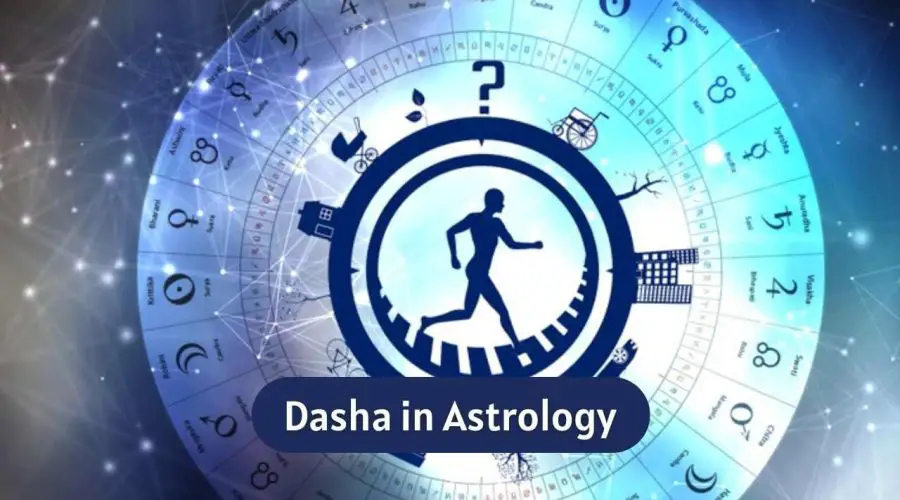All You Need to Know about Dasha in Astrology?
Vedic astrology holds that Dasha plays a crucial role in horoscopes. Every facet of life, including a person’s essence and personality, is profoundly impacted by the dasha (period) of each of the nine planets. Those who adhere to astrology may be afraid of dashas because every planet occasionally results in a dasha, which can be either favourable or unfavourable based on the positioning of the planet in the horoscope. You must be aware that Saturn’s Dasha, or Rahu’s Dasha if it is occurring, will cause problems.
This article will help us comprehend What in Kundli is Dasha? What does Vedic astrology have to say about the relevance of Dasha in the horoscope? In a horoscope, how many different types of Dashas are there? How can I find out the dates of the Dashas? These issues will be clarified in the post, which will be helpful to you.
In this manner, you can assess your issues and look to an astrologer for assistance in finding a solution. So, lets Dive in
What is Dasha
The term Dasha is used in Vedic astrology to describe the time of the planets. According to their location, the planets’ periods indicate when favourable or unfavourable effects are produced by their Sthiti (zodiac sign), house (Bhava), conjunction (Yoga or Raja yoga), or aspects (view or Drishti). Only two of the forty-two dasha system types mentioned in Parashari astrology—the “Vimshottari” and “Ashtottari”—are actually in use. One of the nine planets governs each Dasha, and the quality, impact, and result of each era are determined by the position of that planet.
Types of Dasha in Kundli
Vedic astrology holds that a person’s life path is determined by the placement of the planets in his horoscope. You can see from this the significance of Dasha, which has a profound and significant impact on us.
There are three categories of dasha in astrology:
- Mahadasha
- Antardasha,
- Vimshottari Dasha.
These Dashas have the power to determine how our acts will turn out over time. They also leave their stamp on our personalities in addition to this.
Vedic astrology’s Vimshottari Mahadasha System
The Vimshottari Mahadasha system is the most extensively utilised calculation system today. This method stipulates that each planet’s Dasha lasts for a distinct amount of time.
Let’s look at how long each planet’s dasha lasts:
- 6 years for Sun (Surya)
• Ten years for Moon (Chandra).
• 7 years on Mars (Mangal)
• 16 years for Jupiter (Guru)
• 19 years for Saturn (Shani).
• 17 years for Mercury (Buddha)
• 20 years for Venus (Shukra)
• 18 years for Rahu
• 7 years for Ketu
It’s interesting to note that while the Vimshottari Dasha occurs every 120 years, no one can live through the Mahadasha of all the planets. In comparison to past periods, the average length of human life is now less than half. Depending on how far the Moon was in the Nakshatra at the moment of birth, the first Dasha (period) shortens proportionately.
Key points to remember
- Each planet’s Mahadasha is divided into smaller sections termed Antardasha by the placements (Dasha) of other planets.
- The planet of Mahadasha is the subject of the first Antardasha.
- The Antardasha will always begin with the Sun, for instance, if the Sun is in the Mahadasha. The Antardasha of the other planets then follows in order.
- In accordance with this idea, the Dasha is further divided into a Pratyantar Dasha, which allows us to reach on a daily or hourly basis.
- According to earlier astrological studies, the planets associated with Dasha, Antardasha, Prarabdha (a component of your past karma), etc. are taken into consideration when determining the time of prophecies and happenings.

